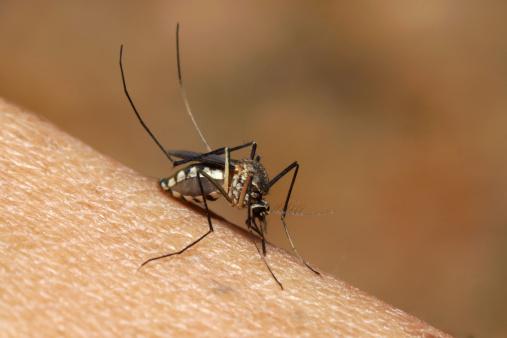
Immunity obtained through infections and post-exposure vaccination—not preventive vaccination—was likely the driving force of reduced mpox transmission in the Netherlands in 2022, according to new work from the Dutch National Institute for Public Health and the Environment (RIVM) published late last week in Eurosurveillance. The researchers also say behavior change also likely played a role.
The Netherlands reported its first mpox case on May 20, 2022, at the beginning of a global outbreak, and by December 31, 2023, a total of 1,294 cases had been documented. As in other countries, 94% of cases were among men who have sex with men (MSM), and 99% of cases occurred in males.
The primary preventive vaccination (PPV) program was launched on July 25, 2022, but the researchers showed that cases were already declining by early July among MSM.
Vaccine protection almost 70%
Overall, 29,851 PPV doses were administered from July 25, 2022 to April 30, 2023. The overall vaccine uptake rate was 45.8%, with 35.4% of the target population being fully vaccinated. The effectiveness of preventive vaccination was estimated at 68.2%.
The authors said the PPV program started at the peak of mpox transmission in the Netherlands.
"By the time PPV would be effective, the incidence was already down to [about] five cases per day, making it unlikely that PPV contributed significantly to the decline of the outbreak," the authors said.
The role of behavioural change could unfortunately not be adequately studied with the available data, but based on other studies it should not be ignored.
Infection-acquired immunity in a substantial proportion of those most at risk was the main factor in declining cases, with behavioral changes also likely playing a role, the authors concluded. "The role of behavioural change could unfortunately not be adequately studied with the available data, but based on other studies it should not be ignored," they noted.










